Guide to Kauai’s Ke’e Beach
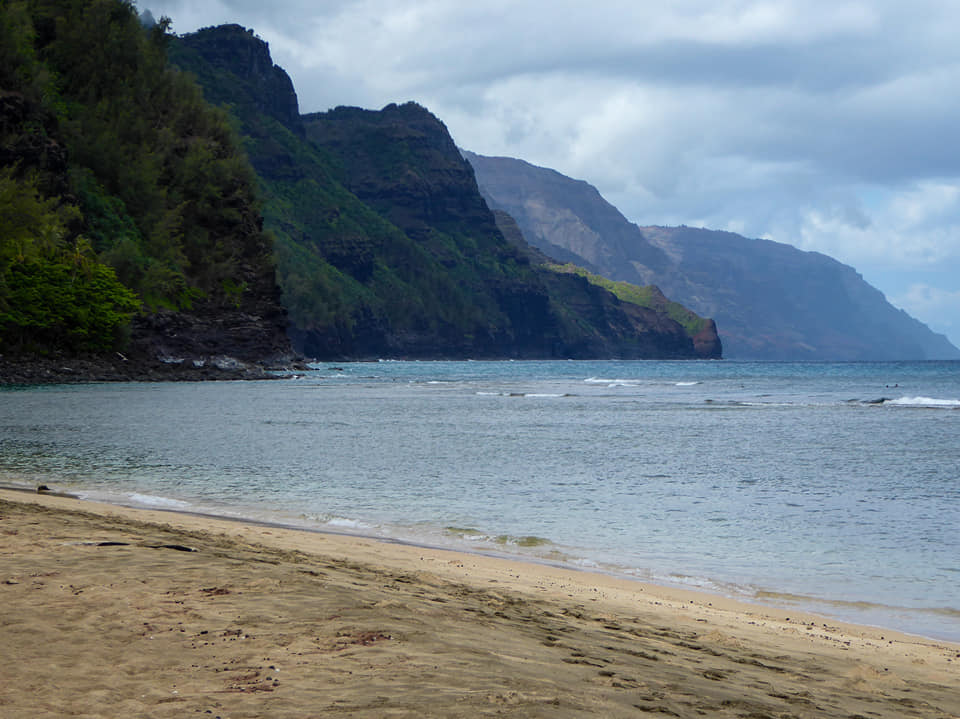
Kauai, Hawaii is an island with untold numbers of natural wonders. One of the most spectacular of those is Ke’e Beach on Kauai’s North Shore.
Have you heard of Ke’e Beach? If so, you have probably also read a lot of confusing facts about permits to the beach and Ha’ena State Park. Here, we’ll break it all down for you and tell you everything you need to know about this beautiful Garden Island beach.
Where is Ke’e Beach?
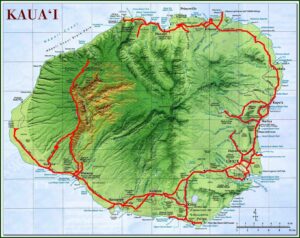
Ke’e Beach is on Kauai’s North Shore. A drive to the north shore will end at Ha’ena State Park, the home of Ke’e Beach and the Kalalau Trail (one of the most awe-inspiring and most difficult hikes in the world). Unlike some of the other Hawaiian Island, Kauai does not have a road circling the island. The stunning Na’Pali Coast is too rugged for road construction. And than means that Ke’e beach is literally at the end of the road.
Do I Need a Permit to Visit Ke’e Beach?
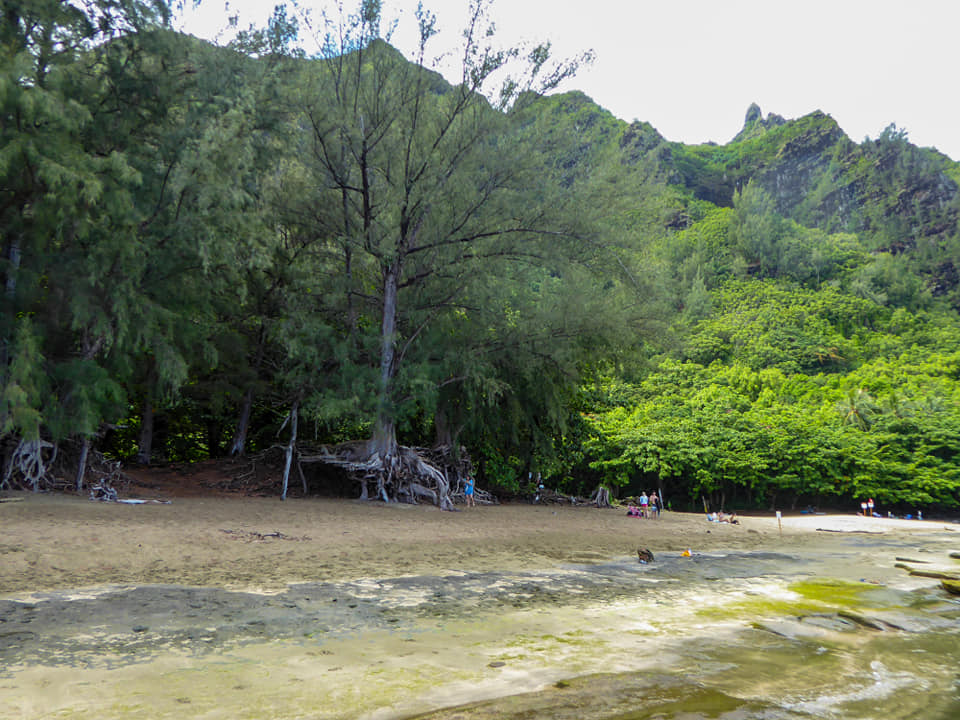
The State of Hawaii in recent years started restricting numbers of visitors allowed into some state parks. For example, Oahu’s Diamond Head now requires that visitors secure entry passes.
Ha’ena State Park, the home of Ke’e Beach, requires permits.
The reservation and pass system is very confusing. I’ll do my best here to explain the most current reservation system.
Who Needs a Pass to the Park?
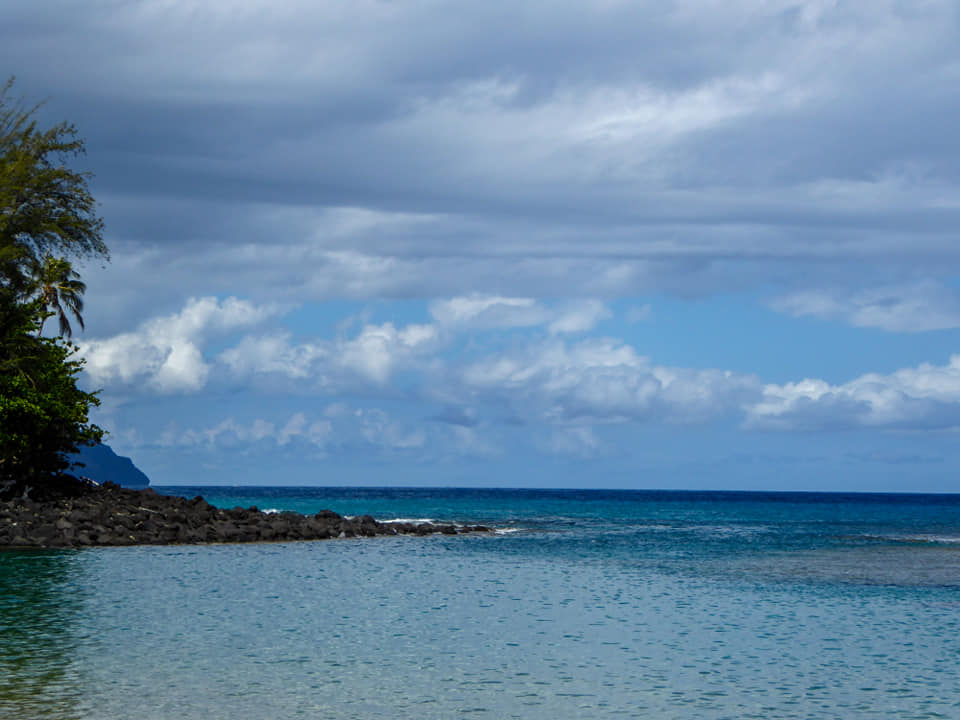
- If you are a Hawaii resident, you do not need to secure a pass to park or enter Ha’ena State Park. You have access to Ke’e Beach and the first two miles of the Kalalau Trail to the Hanakāpīʻai Waterfall. Hiking anywhere beyond the two-miles of the Kalalau Trail requires a permit/reservation. However, only 30 parking spaces afre available for resident on a first come – first serve basis.
- Non-residents can park at Ha’ena State Park if they have secured a parking reservation (these are distributed on a first come basis 30 days out.
- Non-residents must also obtain a day pass for each member of their party to access Ke’e beach and the first two miles of the 11-mile Kalalau Trail hike (to Hanakāpīʻai Falls). These passes are reservable on a first come basis 30 days out.
- Non-residents who are unable to get a parking permit may purchase a shuttle pass. The shuttle will drop you off at the parking lot. From there, you will need to show your day-pass reservation.
- Everyone, resident and non-resident, wishing to hike the 11-mile Kalalau Trail (beyond the two-mile Hanakāpīʻai Falls) must secure a trail reservation. These become available 90-days out.
Clear as mud, right? Hopefully. The most important things to remember are that you must have a parking permit to park at the site and each person in your party must have a day use permit.
The Kalalau Trail is one of the most stunning and dangerous hikes in the world. It is only for experienced hikers. Parts of the trail are treacherous. Access to the trail is difficult and rescues along the trail are common and equally dangerous. It is not a trail to be taken lightly and very few should seek to make the hike.
What Will I See at Ke’e Beach?
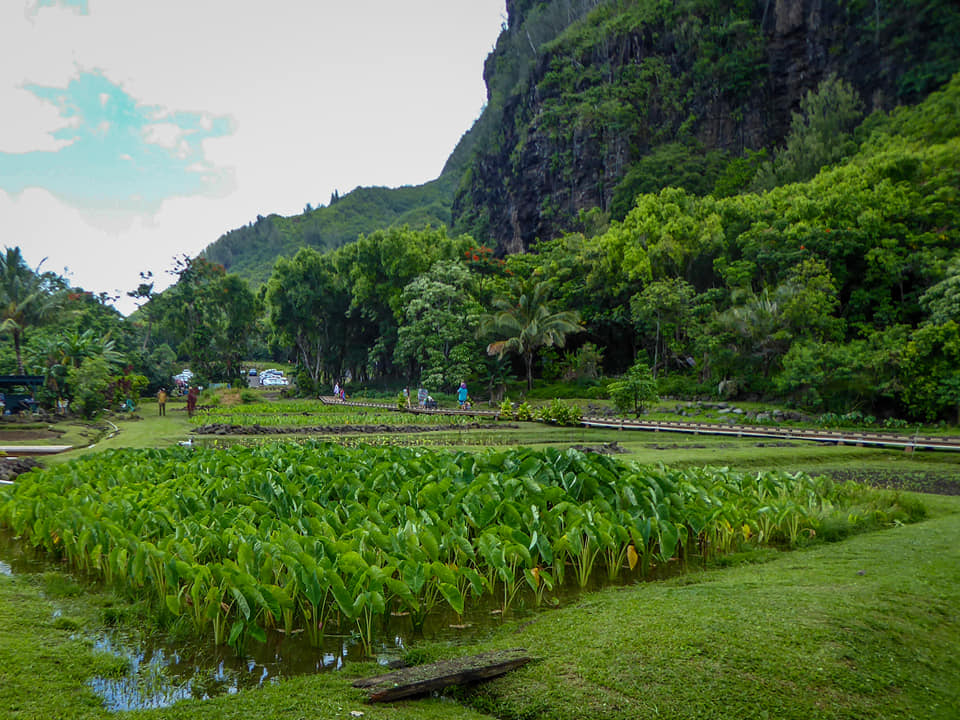
From the parking lot, you’ll walk a trail to the beach. Along the trail, you’ll see taro fields, the plant used to make poi.
After the taro fields, you walk through a canopy of trees. From here, you see the trailhead for the Kalalau Trail. continue past the trailhead to Ke’e Beach.

Ke’e Beach has a lot of trees abutting the sand. That makes for a lot of shade at certain times of day. This is a bonus for us. Many beaches on Kauai have little to no shade.
A short journey on either side of the beach leads to a cemetery and the Ka Ulu a Paoa heiau (a heiau is a traditional Hawaiian worship spot).
The ocean water at the beach is remarkably clear. You can wade out in the water and easily see fish swimming around.
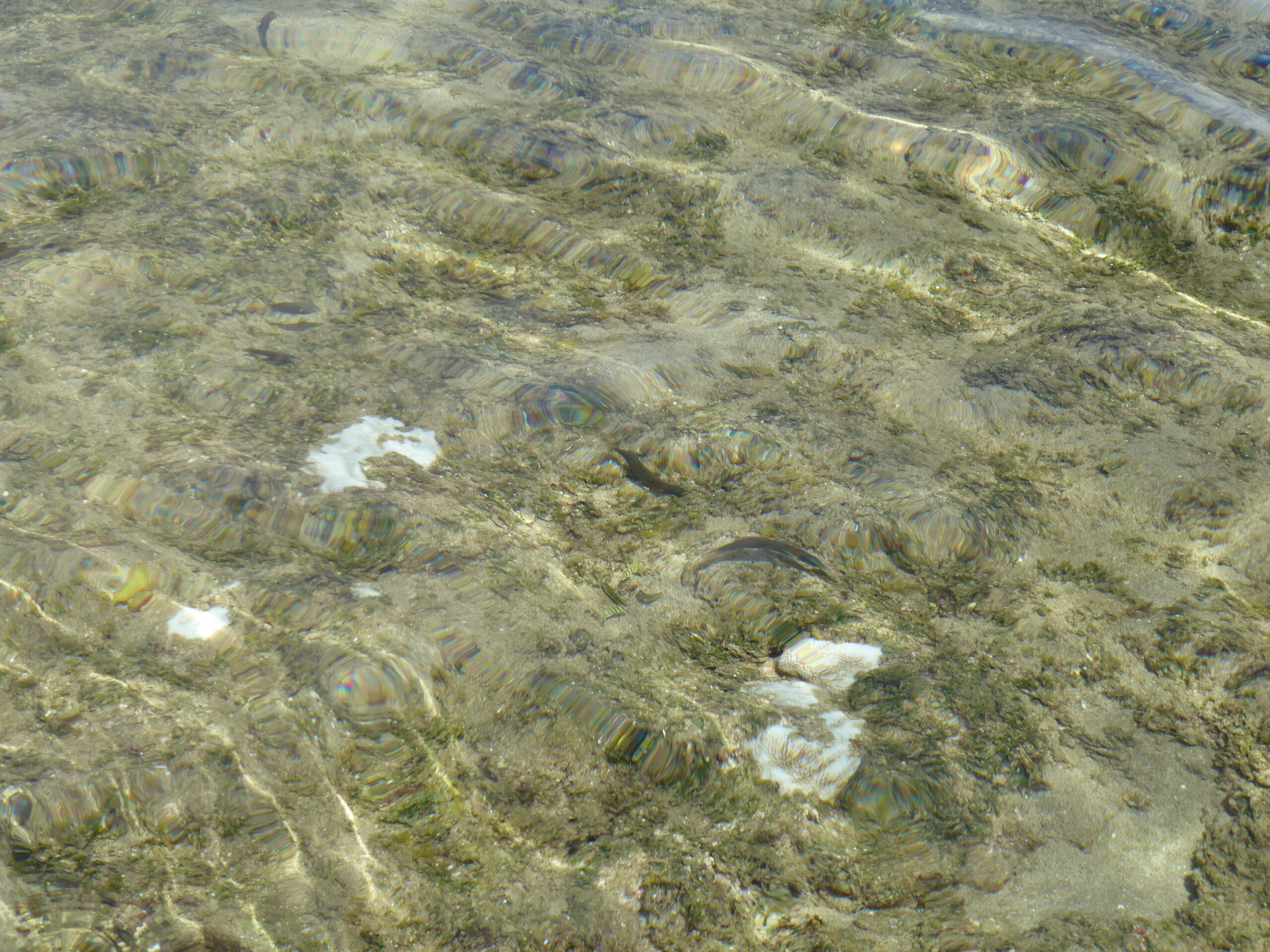
There is sharp coral throughout the water. Take caution as the coral should not be stepped on (it’s also quite slippery and we witnessed people slipping and taking hard falls on the rocks).
But the undisputed star of the show is the Na’pali Coast. From the Beach you get an amazing view of the oft-photographed Na’Pali Coast. The beach offers a different perspective of the Na’Pali Coast (unlike what you’ll witness on a catamaran or helicopter tour of the site).
Is Ke’e Beach Safe?

Kauai locals tell visitors to go to beaches with lifeguards. Beaches with lifeguard towers tend to be safer to explore. You can always check in with the lifeguards for current conditions and things to avoid.
Ke’e Beach is a lifeguarded beach.
The ocean is unpredictable and everyone should be aware of ocean dangers.
In short, Ke’e Beach can be safe. But everyone must be aware of their personal limitations and unpredictable ocean conditions.
If in doubt, stay close to the lifeguard tower. There are areas of the beach hidden from the lifeguard tower, and those lifeguards may not see you if you’re in distress.
What Other Things Can I Do Near Ke’e Beach
A short distance from Ke’e Beach, is Ha’ena Beach (not to be mistaken with Ha’ena State Park). You can explore Limahuli Garden and Preserve (one of the three National Tropical Botanical Gardens on Kauai). You can enter the Maniniholo Dry Cave not to far from the beach as well.
If you are fortunate to secure a pass to Ha’ena State Park, enjoy the beauty of one of the world’s most spectacular sites.
Our Take
It may be difficult to get to Ke’e Beach with the new reservations system in place. If you are unable to secure passes, there are many other spectacular beaches to explore.
However, the reservation system has benefits. It does help limit the number of people trudging through the area. Only 900 people can visit on any given day. Since many of that 900 seek the Kalalau Trail, that leave Ke’e Beach with fewer crowds.
We love Kauai’s North Shore. It is one of the most beautiful places we have seen. And Ke’e Beach offers amazing views of a small swath of the North Shore, making it one of our favorite Kauai beaches.
You Might Also Enjoy:
Speaking of beaches, discover Starfish Island in Belize.
Have you been to Cozumel, Mexico’s El Mirador Beach.
Discover some of the must-do attractions on Oahu.
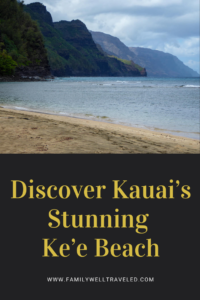
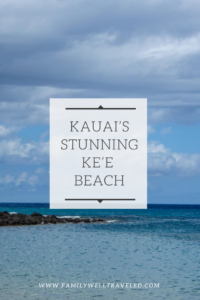
All photos and content are by Family Well Traveled and use of photos or content without permission will result in legal action.
